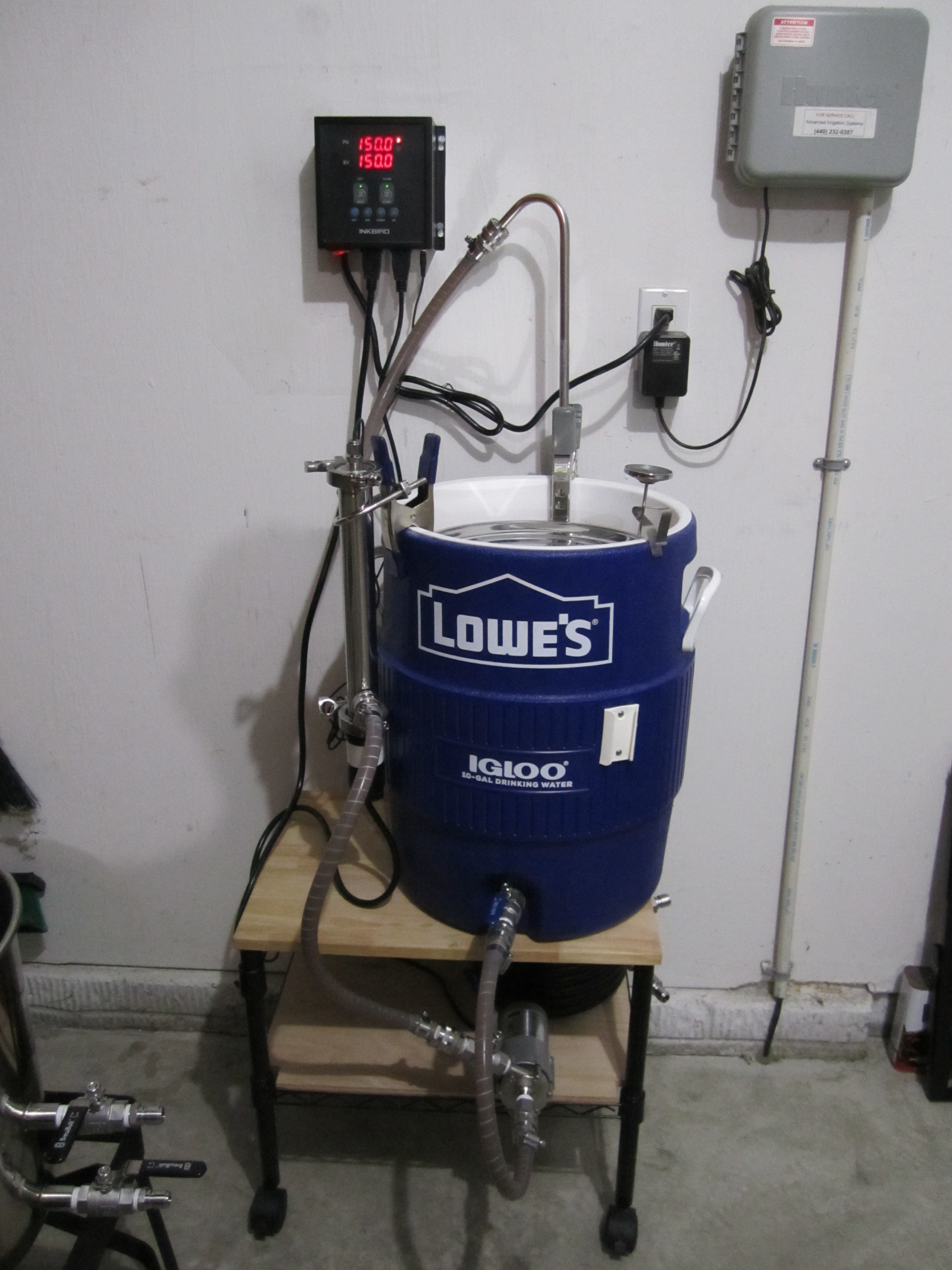CodeSection
Well-Known Member
- Joined
- Feb 4, 2018
- Messages
- 1,655
- Reaction score
- 819
I tried reading EJ Beverage and EJ Medical tubing selection comparison. Unfortunately, it doesn't describe what their scale is based on other than "10" is the best.
Maybe I should go back and read the LODO sub threads, but are people also replacing their tubing on the hot side as well? I can see maybe when transferring the wort to the fermenter, but then again, you are oxygenating the wort anyway after pitching the yeast so that doesn't make sense to me.
In another thread, I read that some are even milling their grain so it is not as fine to reduce oxygen exposure. So maybe they have replaced their tubing on the hot side...all new to me.
Maybe I should go back and read the LODO sub threads, but are people also replacing their tubing on the hot side as well? I can see maybe when transferring the wort to the fermenter, but then again, you are oxygenating the wort anyway after pitching the yeast so that doesn't make sense to me.
In another thread, I read that some are even milling their grain so it is not as fine to reduce oxygen exposure. So maybe they have replaced their tubing on the hot side...all new to me.
Last edited:
























































![Craft A Brew - Safale S-04 Dry Yeast - Fermentis - English Ale Dry Yeast - For English and American Ales and Hard Apple Ciders - Ingredients for Home Brewing - Beer Making Supplies - [1 Pack]](https://m.media-amazon.com/images/I/41fVGNh6JfL._SL500_.jpg)





